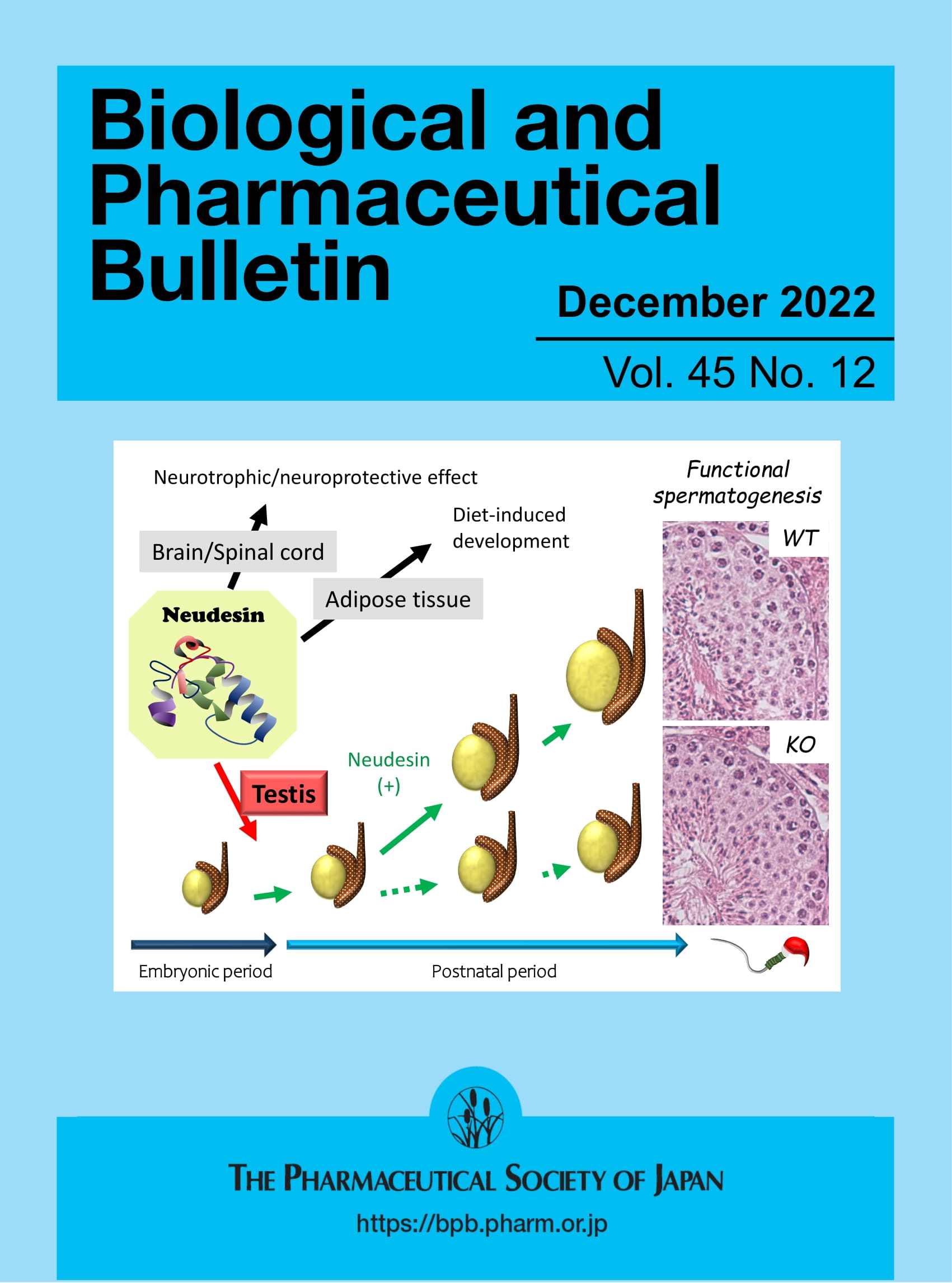Study on the impurity profiles of cloxacillin and flucloxacillin based on liquid chromatography tandem ion trap/time-of-flight mass spectrometry
Abstract
Rationale
Cloxacillin and flucloxacillin are prone to degradation and polymerization in humid and hot environments, and their polymers have long been recognized to trigger allergic manifestations. A series of the degradation and polymerized impurities in cloxacillin and flucloxacillin were separated and characterized to ensure safe use of these drugs by the public.
Methods
By studying the chromatographic behavior of the degradation impurities and polymerized impurities in reversed-phase high-performance liquid chromatography (RP-HPLC) gradient elution, the impurities in cloxacillin and flucloxacillin were effectively separated and eluted. RP-HPLC tandem ion trap/time-of-flight mass spectrometry (MS) was applied to characterize the structures of unknown impurities eluted from the RP-HPLC methods for cloxacillin and flucloxacillin. The mechanisms of formation of the impurities in cloxacillin and flucloxacillin were also investigated.
Results
The structures of 10 unknown impurities in cloxacillin and 8 unknown impurities in flucloxacillin were elucidated based on the high-resolution MSn data at positive and negative modes, respectively. Six polymerized impurities were found and characterized, of which three were from the polymerization of cloxacillin and three were from the polymerization of flucloxacillin.
Conclusions
The study on the impurity profiles of cloxacillin and flucloxacillin provided a scientific basis for improving their production processes and quality control.

 求助内容:
求助内容: 应助结果提醒方式:
应助结果提醒方式:


